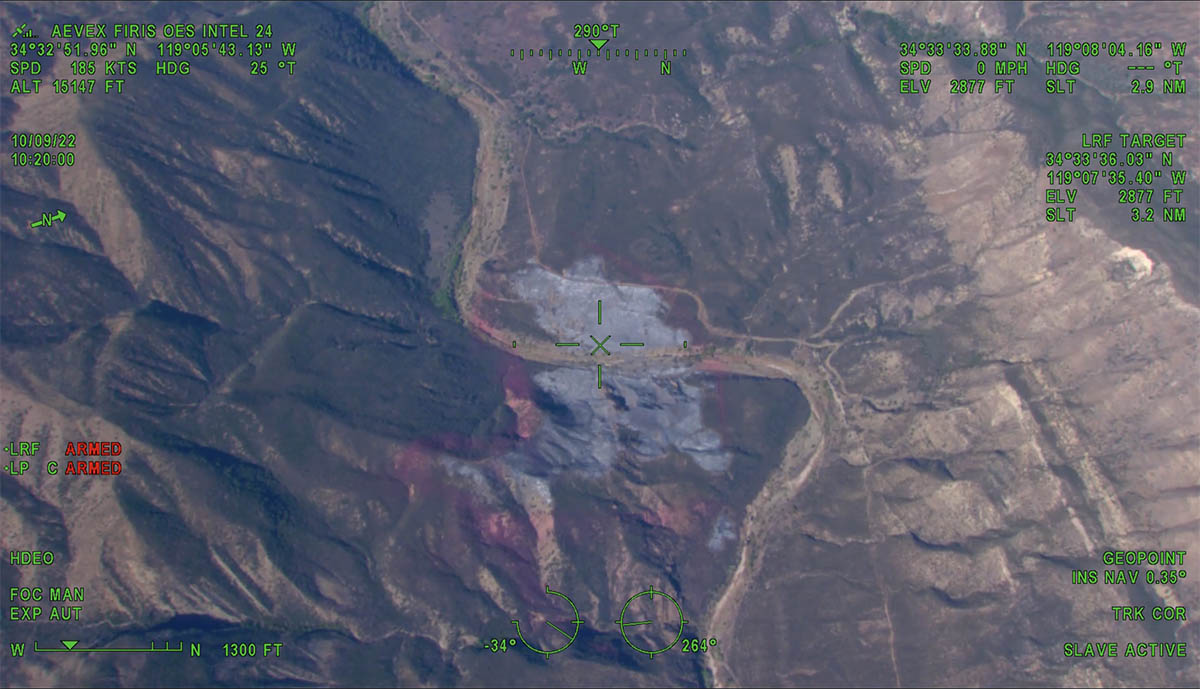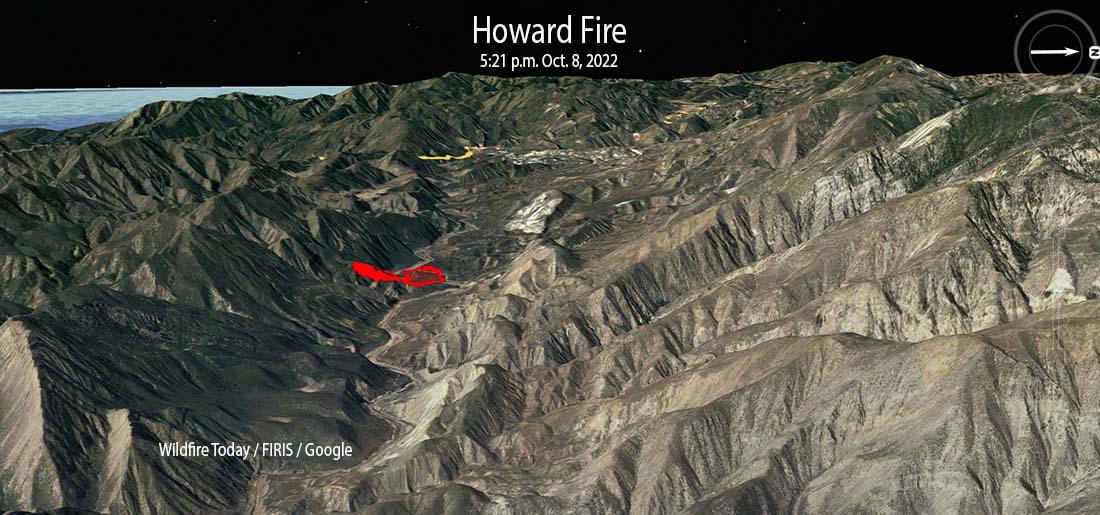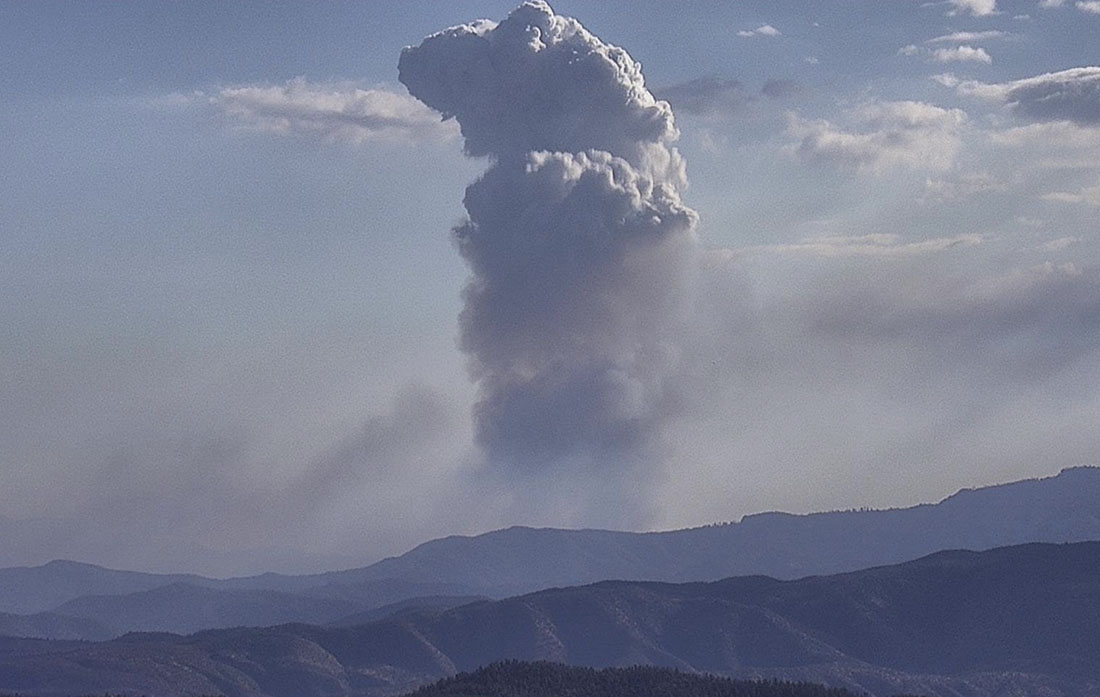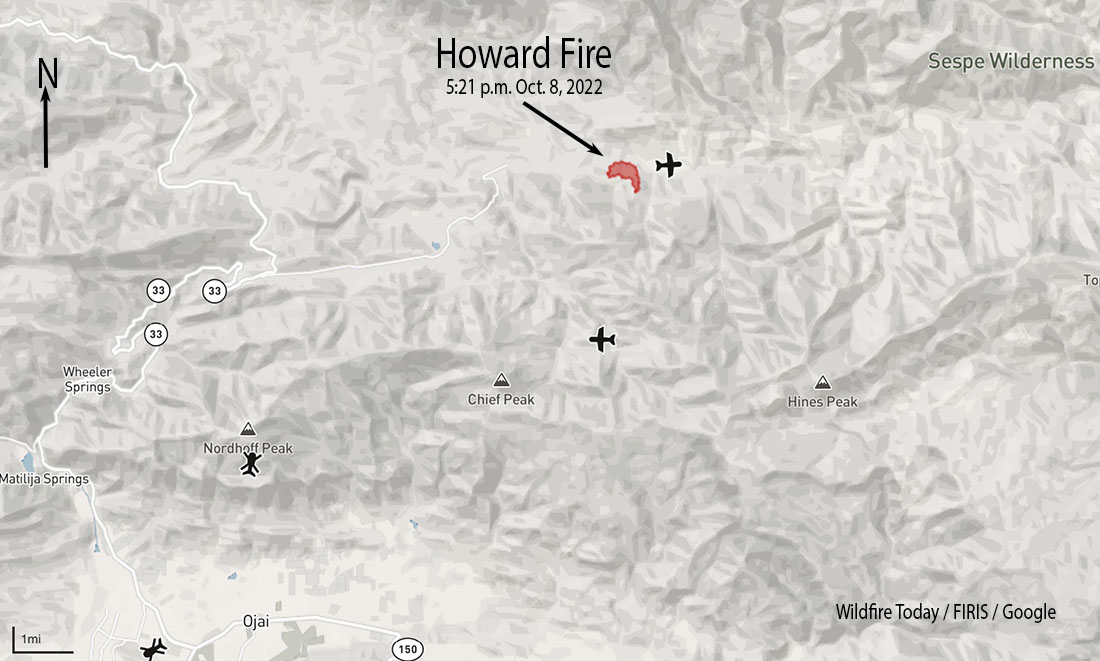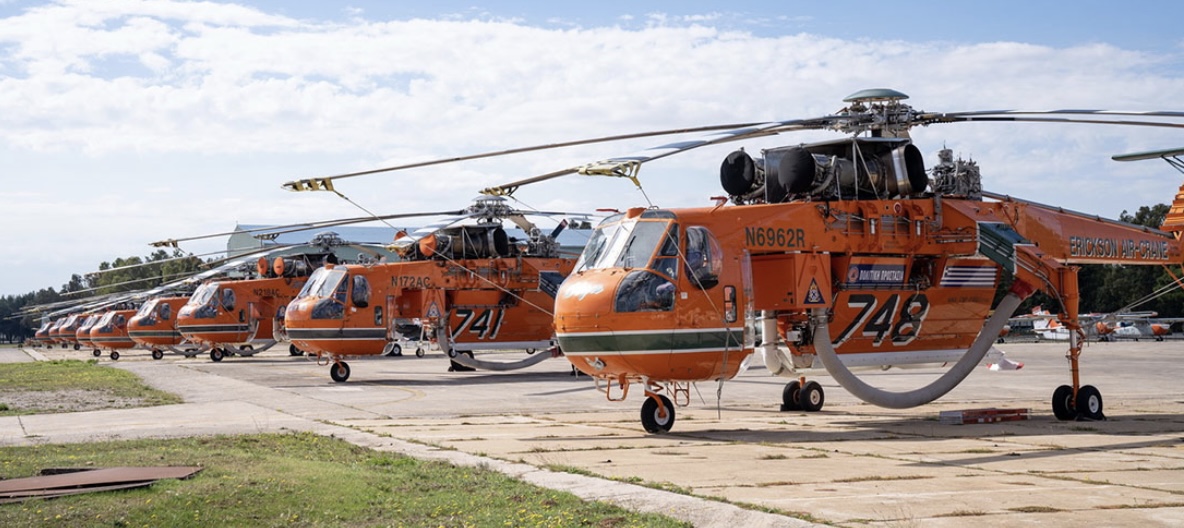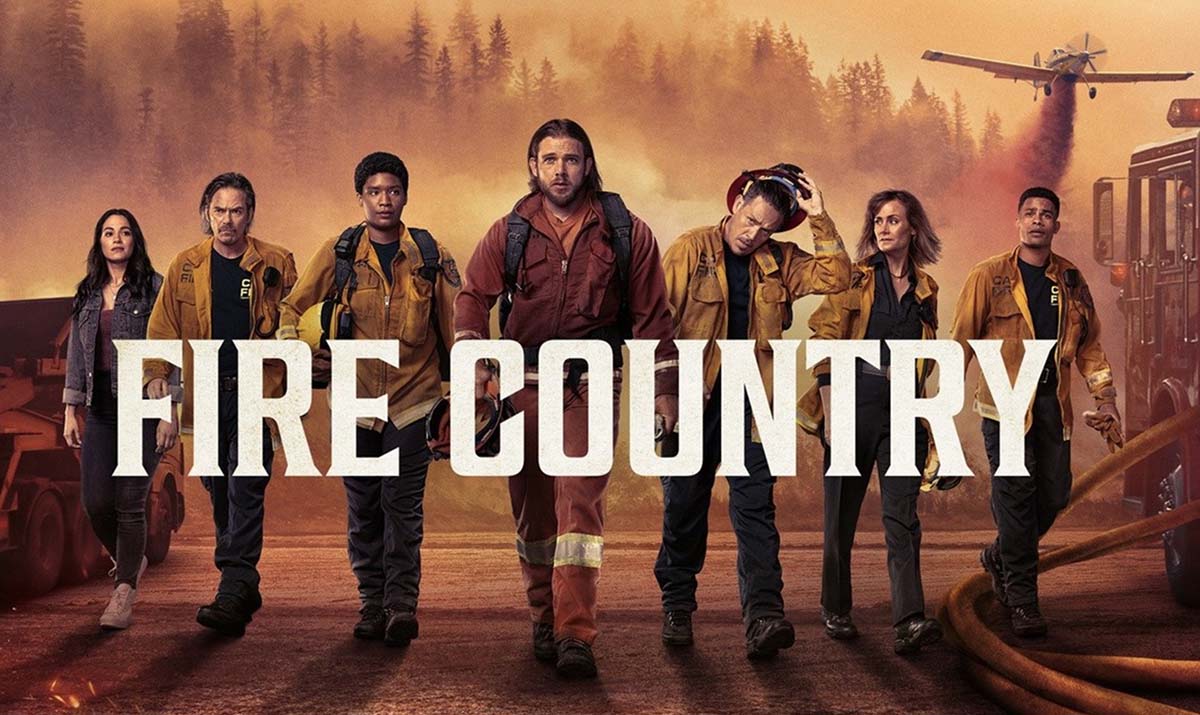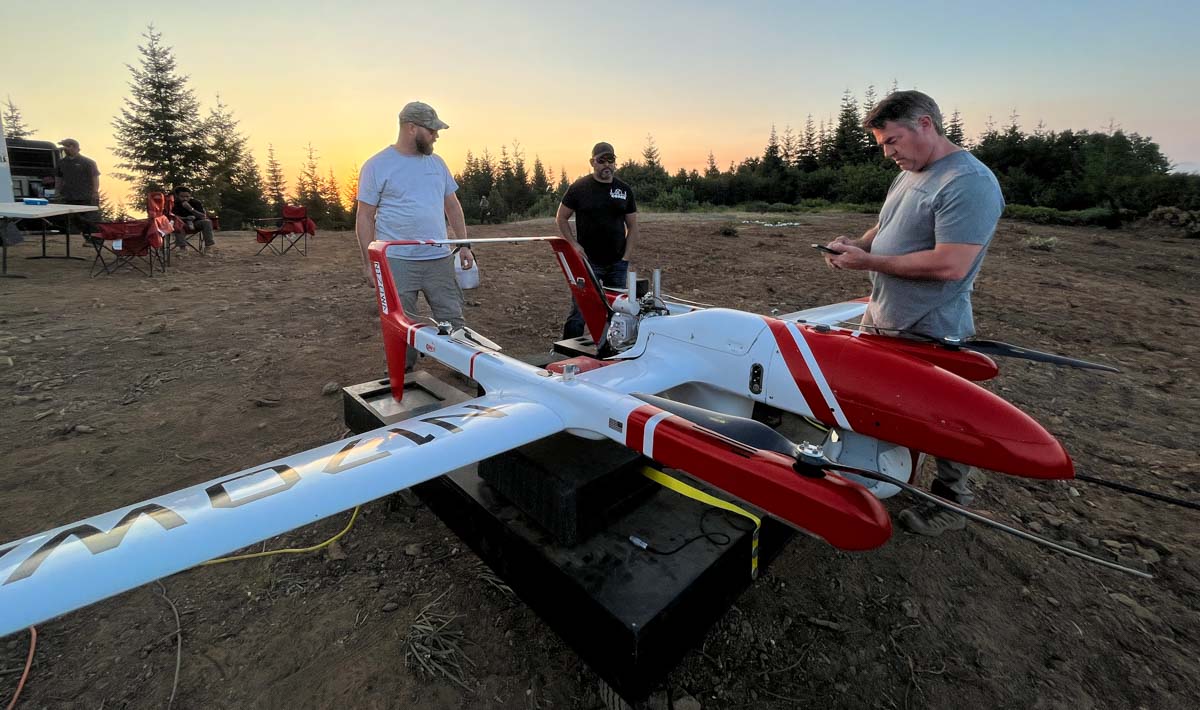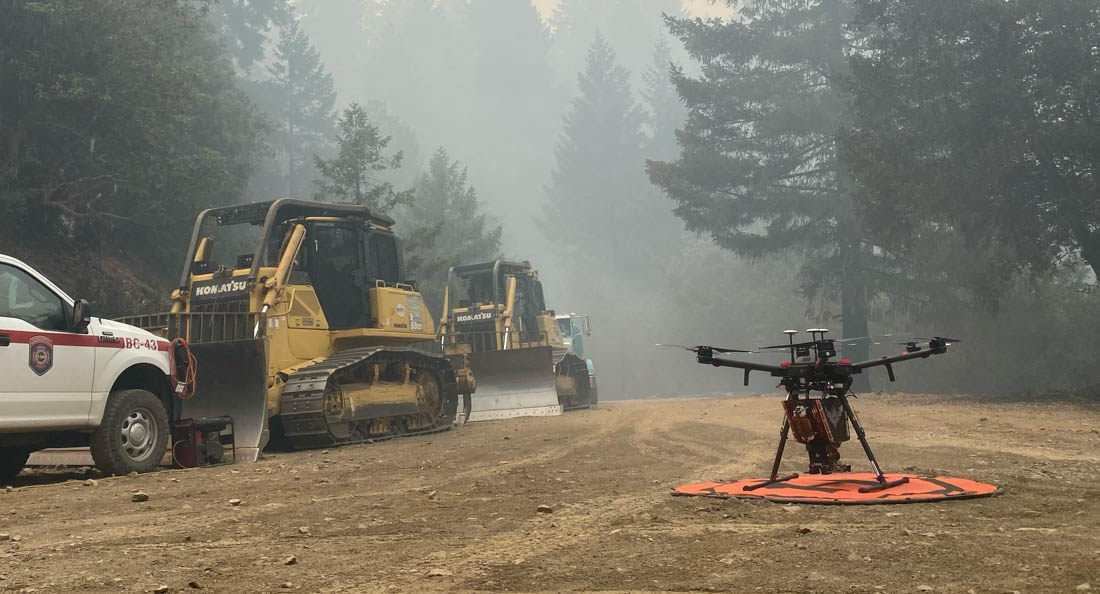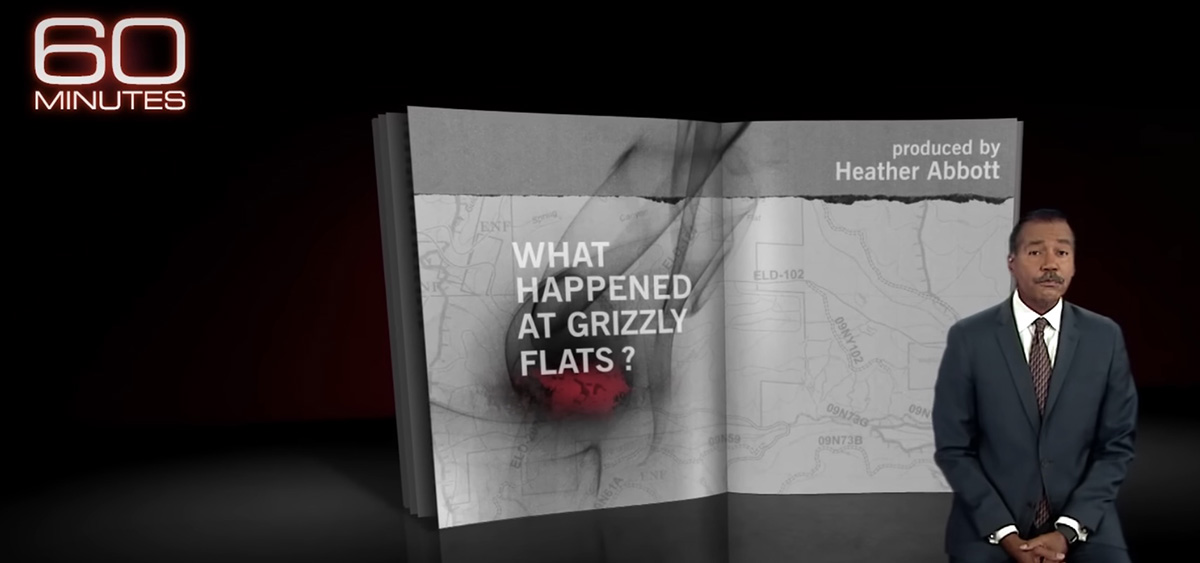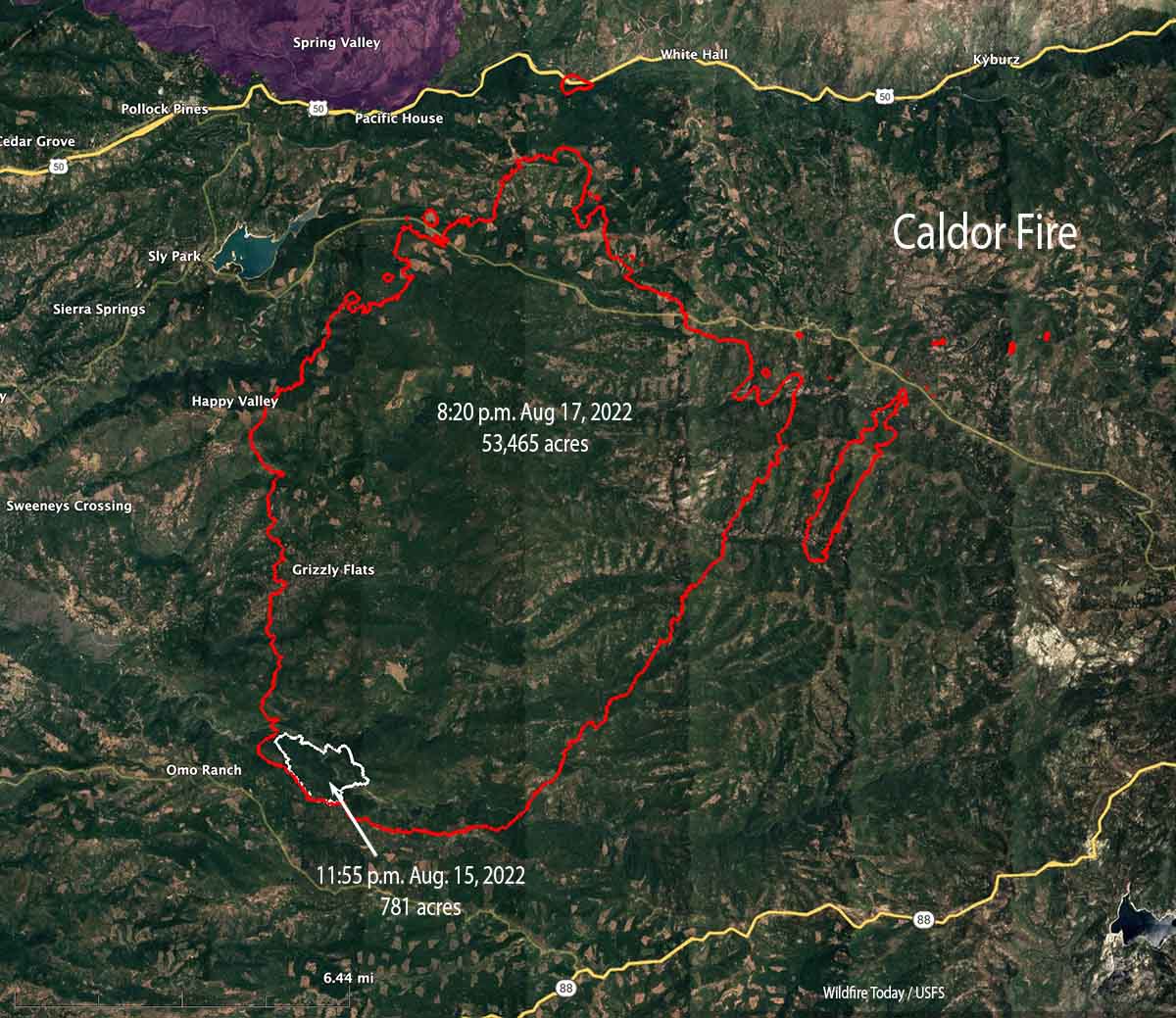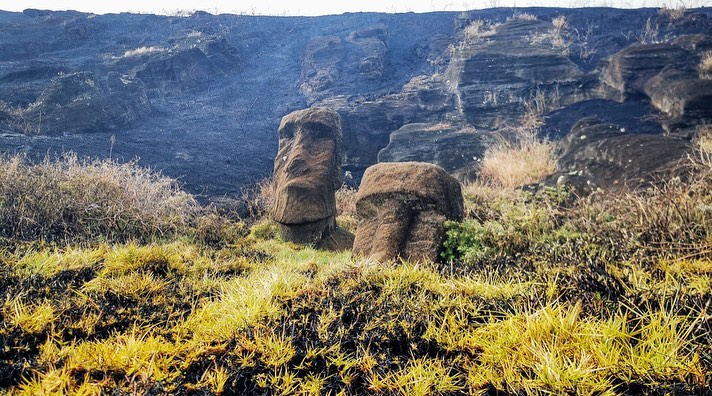
Approximately 80 of the famous stone figures on Easter Island were damaged by a wildfire on October 5 local authorities say. The statues, known as moai which range in size from 6 to more than 30 feet tall, were affected by the fire that burned about 148 acres of the Rapa Nui National Park on the island which is part of Chile. There are an estimated 416 moia in that area of the island.

Moai are made of lapilli tuff, pyroclastic rock prone to fractures if exposed to high temperatures. A Polynesian society that had settled in the area around the year 300 built the shrines between the 10th and 16th centuries on what experts say is the most remote inhabited island on Earth.
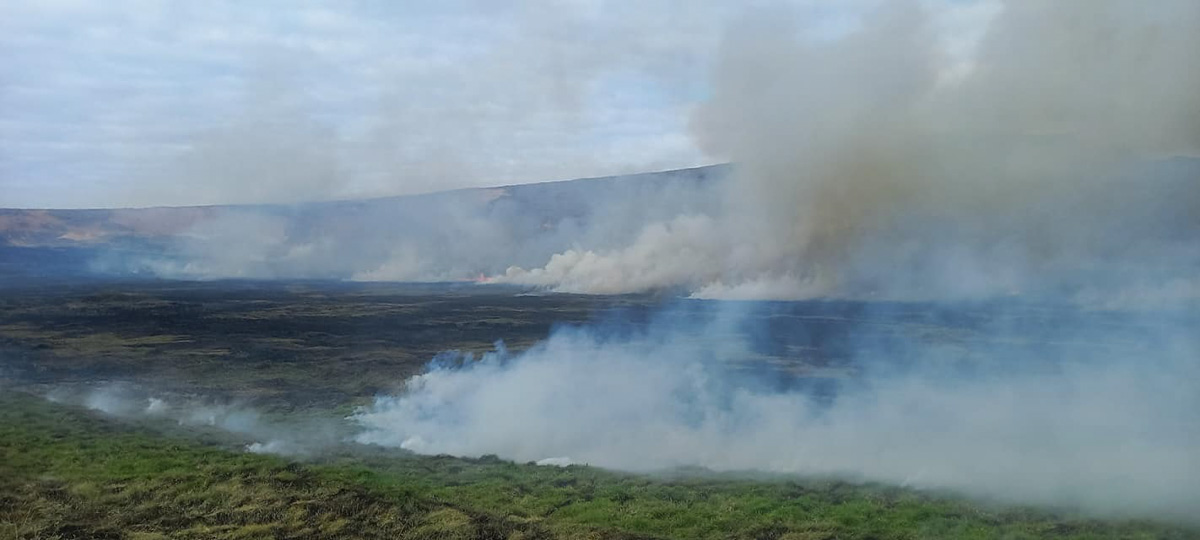
Ariki Tepano, with the indigenous Ma’u Henua community that manages the park, said the fire had done “irreparable” damage to the site.
“The moai are totally charred, and you can see the effect of the fire upon them,” he said in a statement.

A shortage of volunteers made it difficult to contain the fire, according to the post by Rapa Nui.
Pedro Edmunds, mayor of Easter Island, attributed the origin of the flames to the burning of pastures “that some horse and cow farmers do on the island.” The Minister of Agriculture, Esteban Valenzuela, announced on Friday that the cause of the fire will be investigated and that Chile’s National Forestry Corporation (Conaf) will have a permanent forestry brigade on Easter Island throughout the year.
From EL PAÍS International:
Ninoska Huki, provincial head of Conaf on Easter Island, explained to Chile’s La Tercera news outlet that the corporation “hires brigades during forest fire seasons, and that begins in the second half of October until April,” so the brigade was not active. Chile, moreover, is one of the few countries in the world where firefighters work on a voluntary basis. And it is becoming increasingly difficult to get new young people to join the corps. From July 1, 2020, to April 21 of this year, 60 forest or vegetation fires occurred on the island, 13% less than in the same period of the previous year.
During his visit to Santiago, shortly after the island reopened to tourism after almost two and a half years of closure due to the pandemic, the mayor met with Chilean President Gabriel Boric and some of his ministers to request a budget readjustment for Easter Island. As Rapa Nui generates most of its income via tourism, the isolation left the community “bankrupt,” according to the municipality. Of the 800 park rangers hired to prevent fires, clean up and prevent tourists from damaging the statues in the 16,000-hectare park, there are now only 120. The island now receives only three flights weekly, for a total of 750 passengers, compared to the 14 flights of 8,000 total passengers that arrived before the lockdown. “Who is going to come to help put out fires if you don’t pay them? It’s that simple,” said the mayor, who was not granted the requested budget readjustment.


